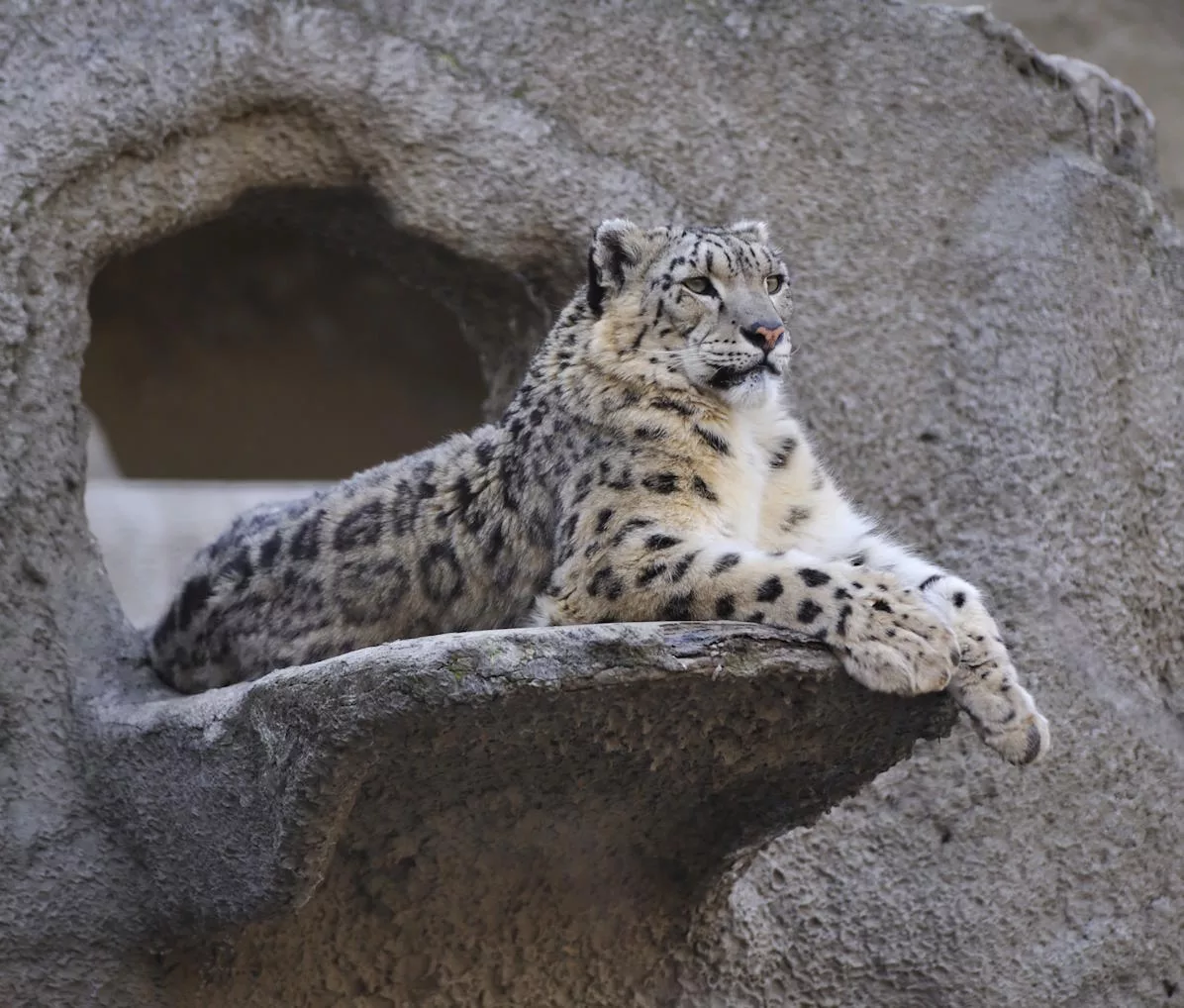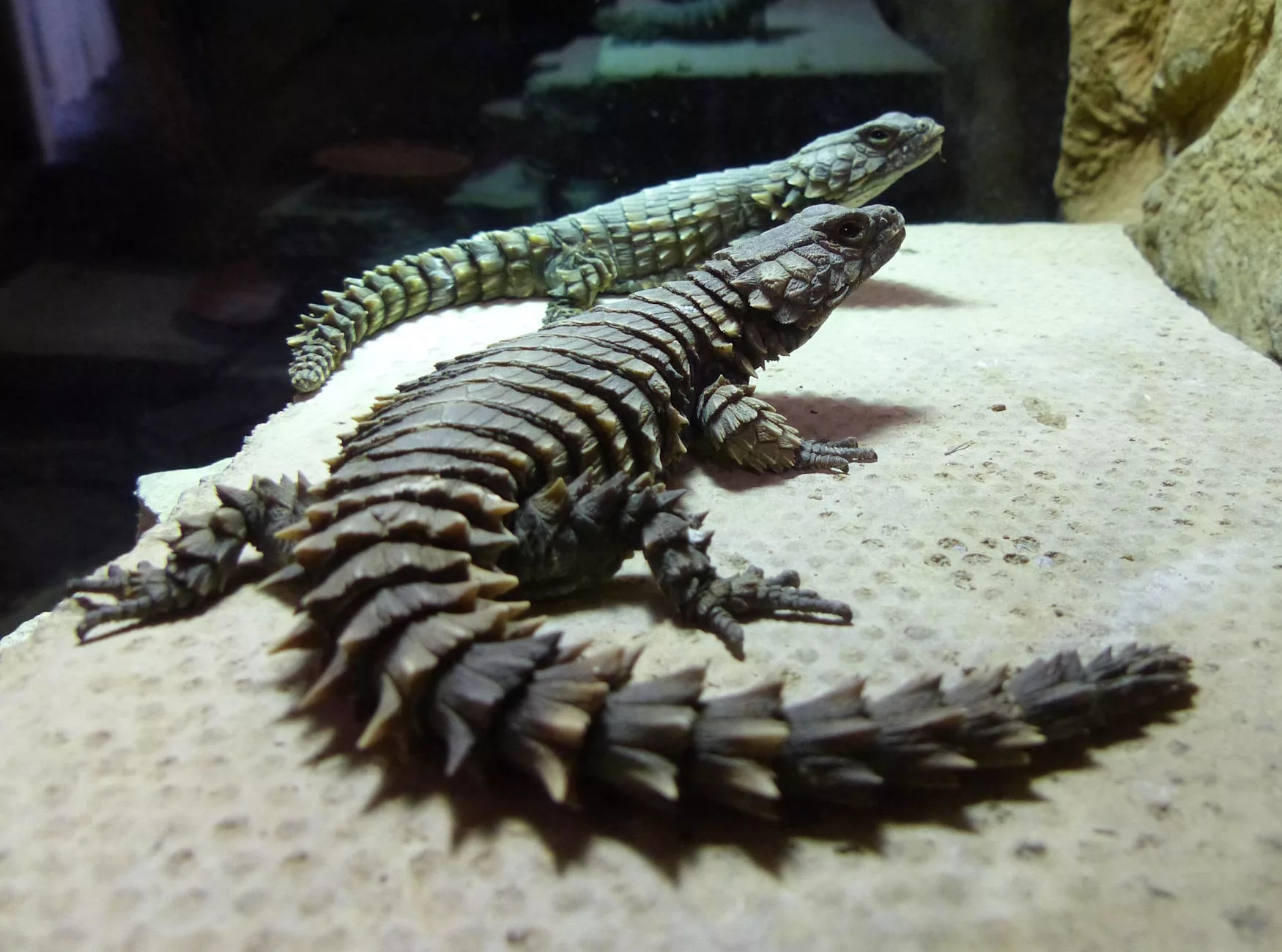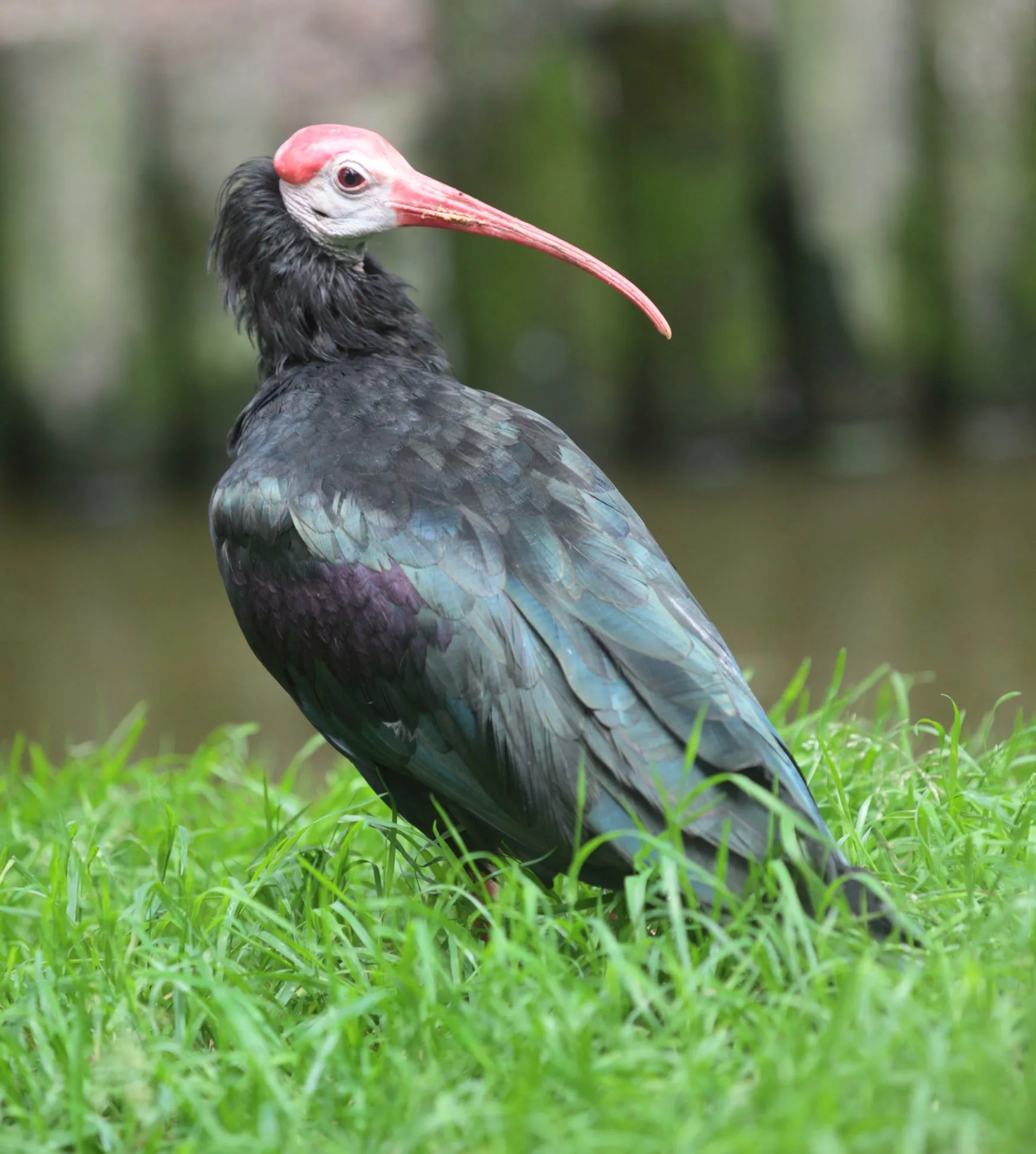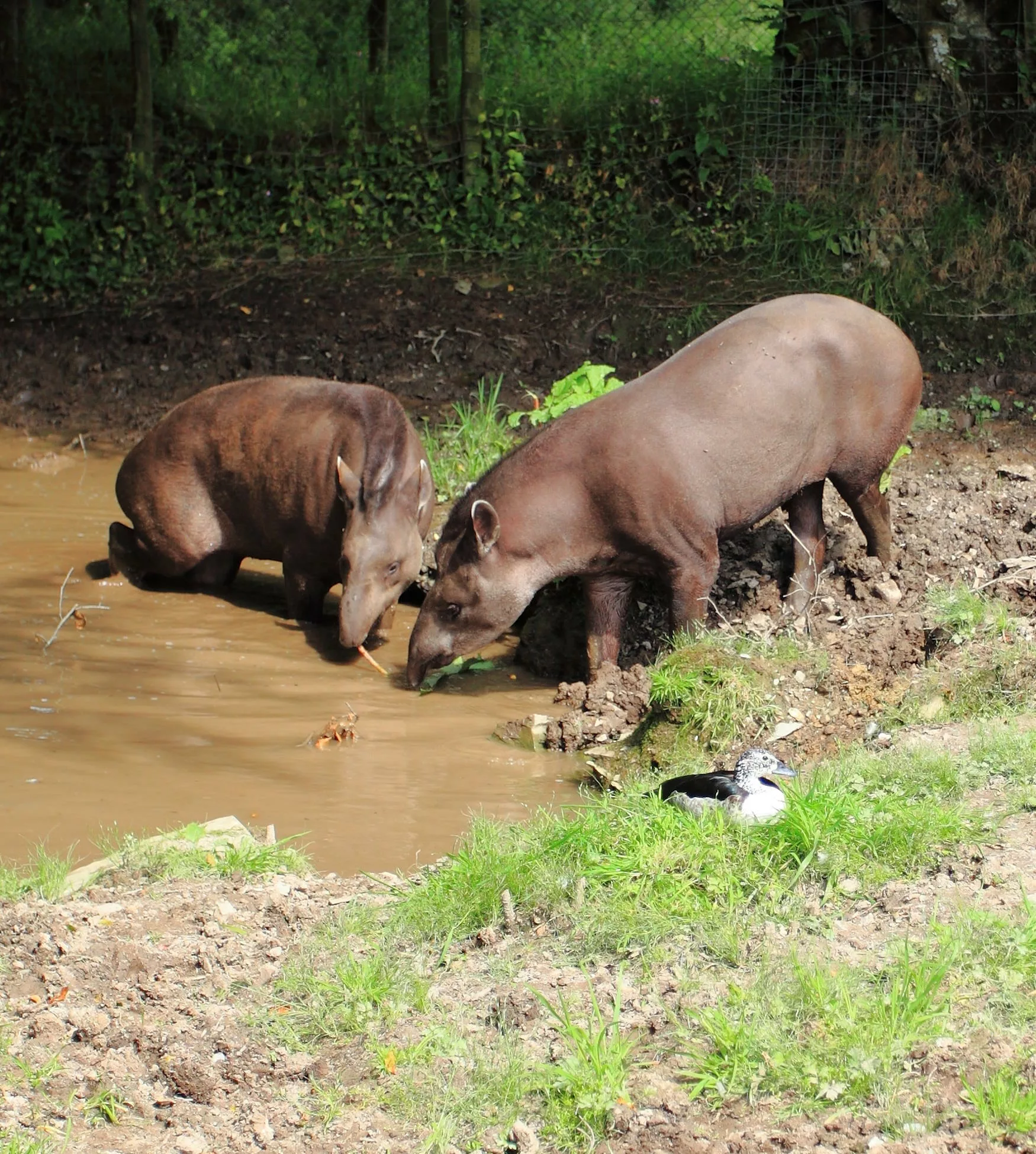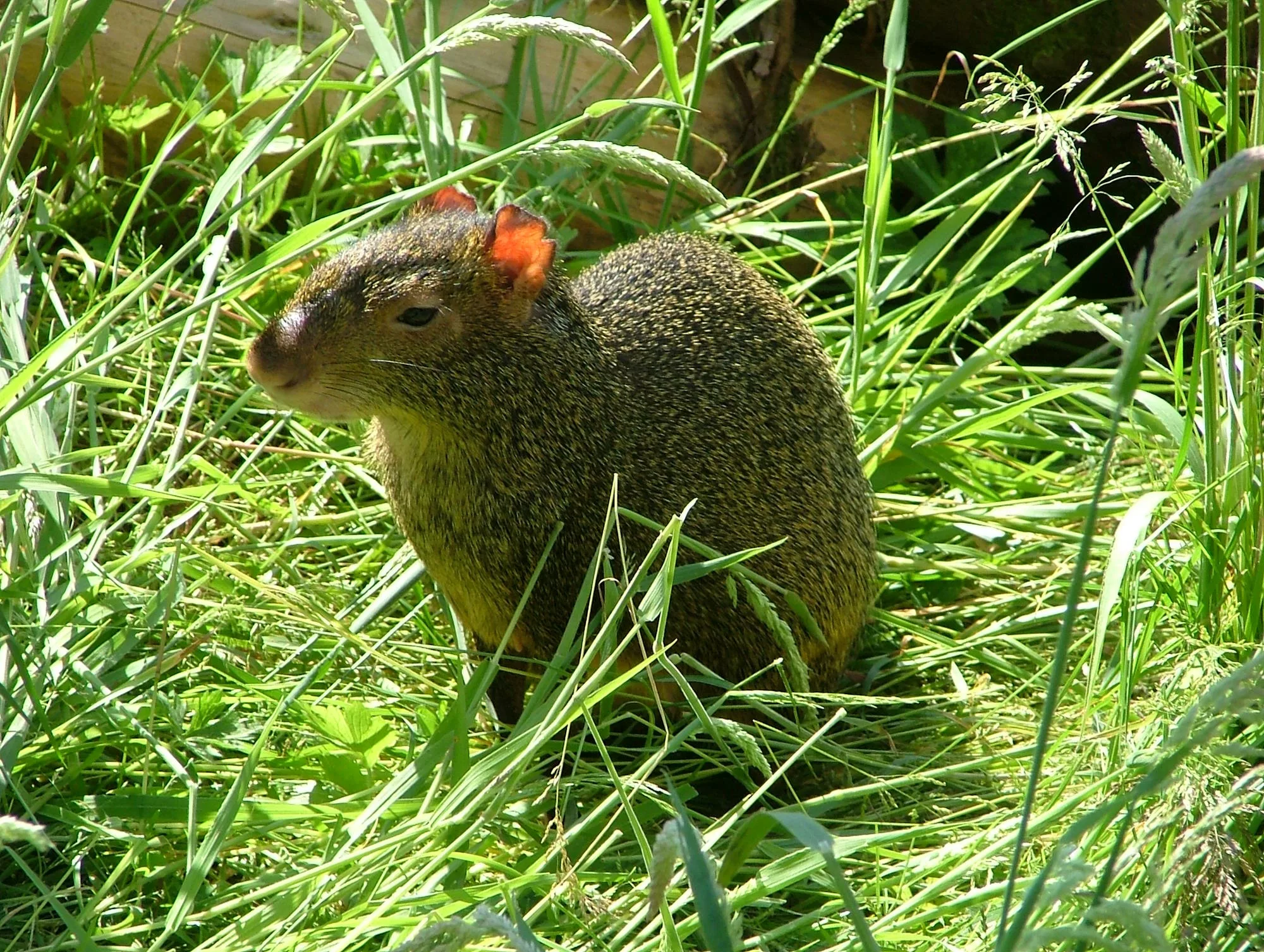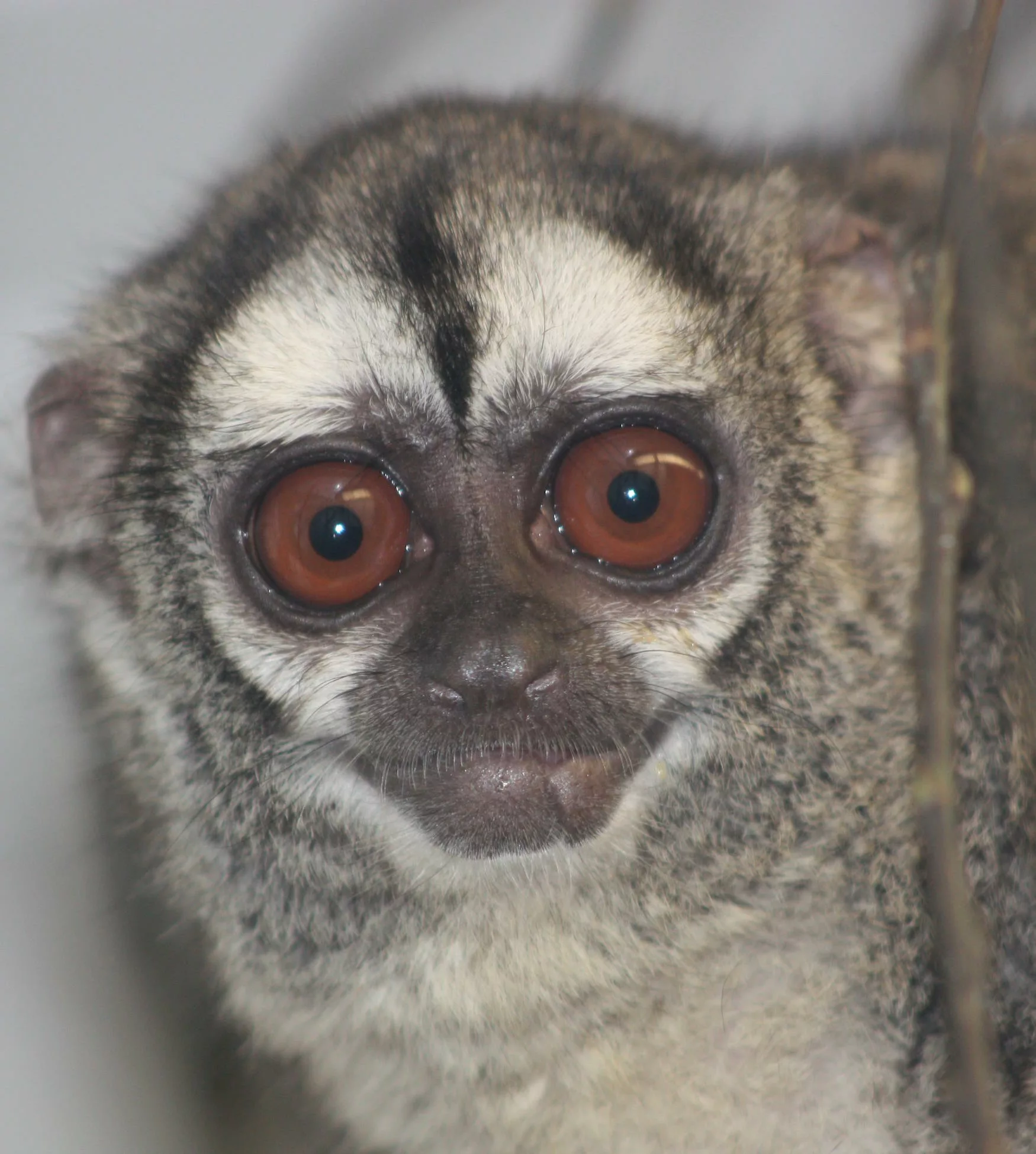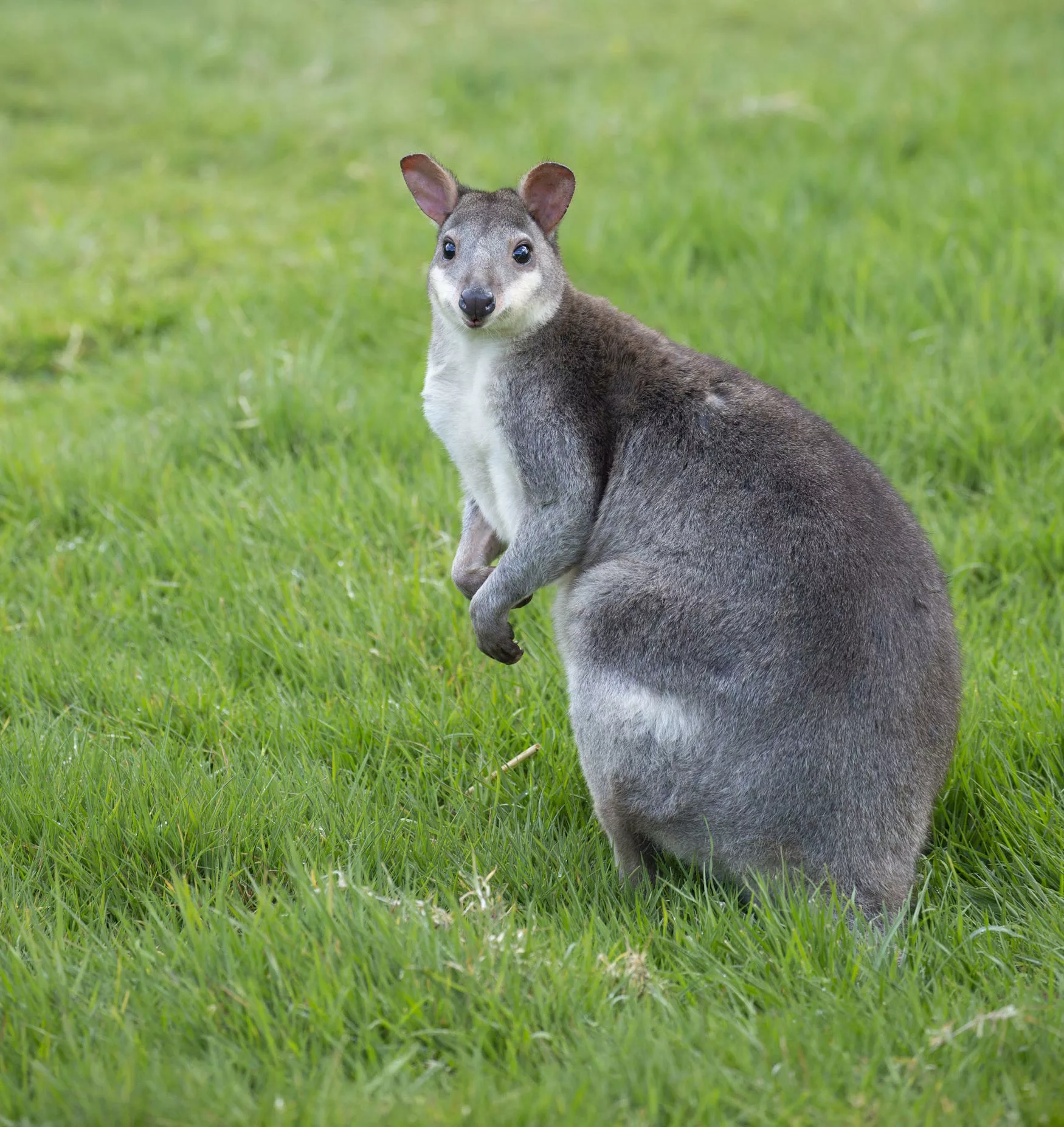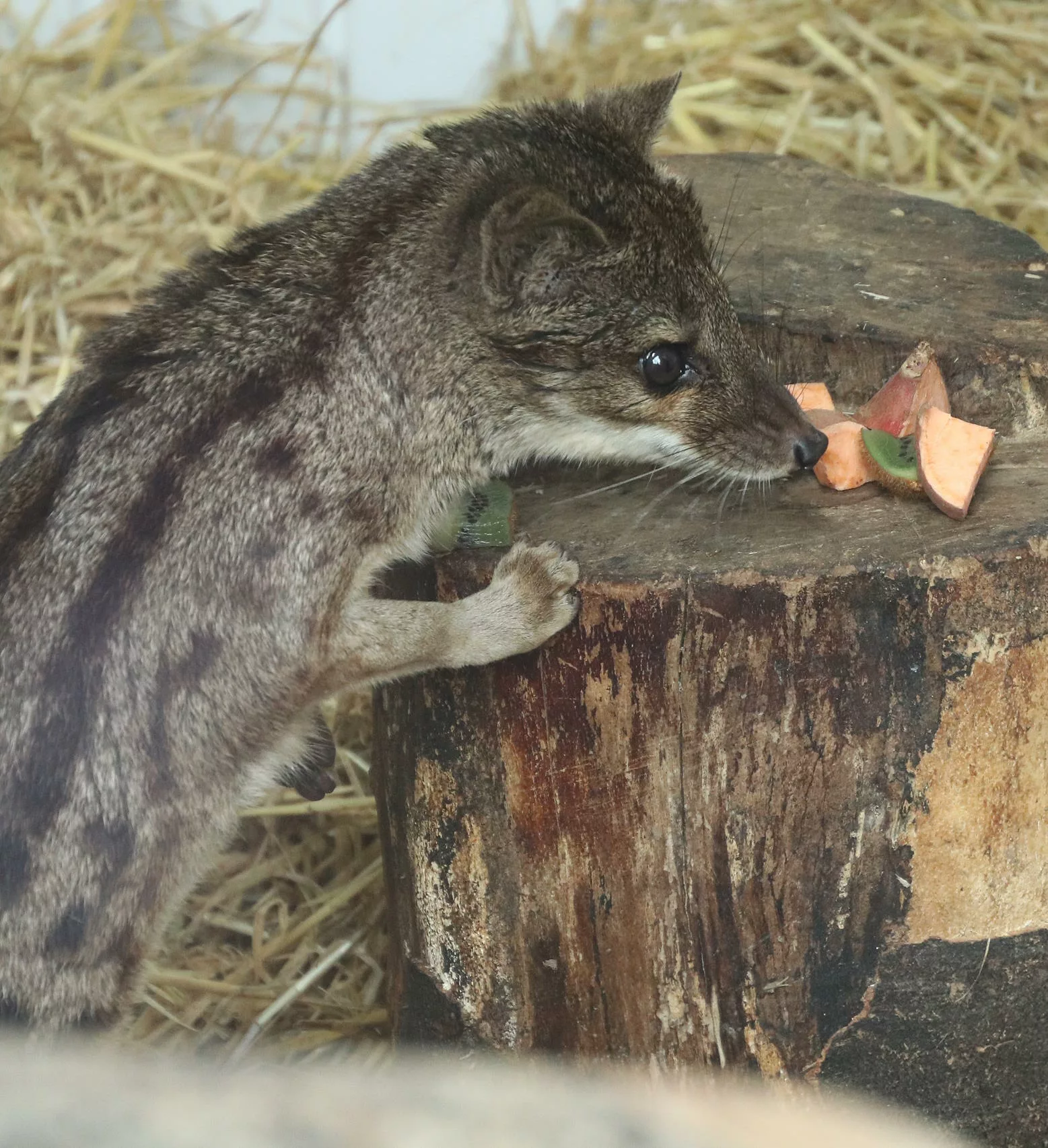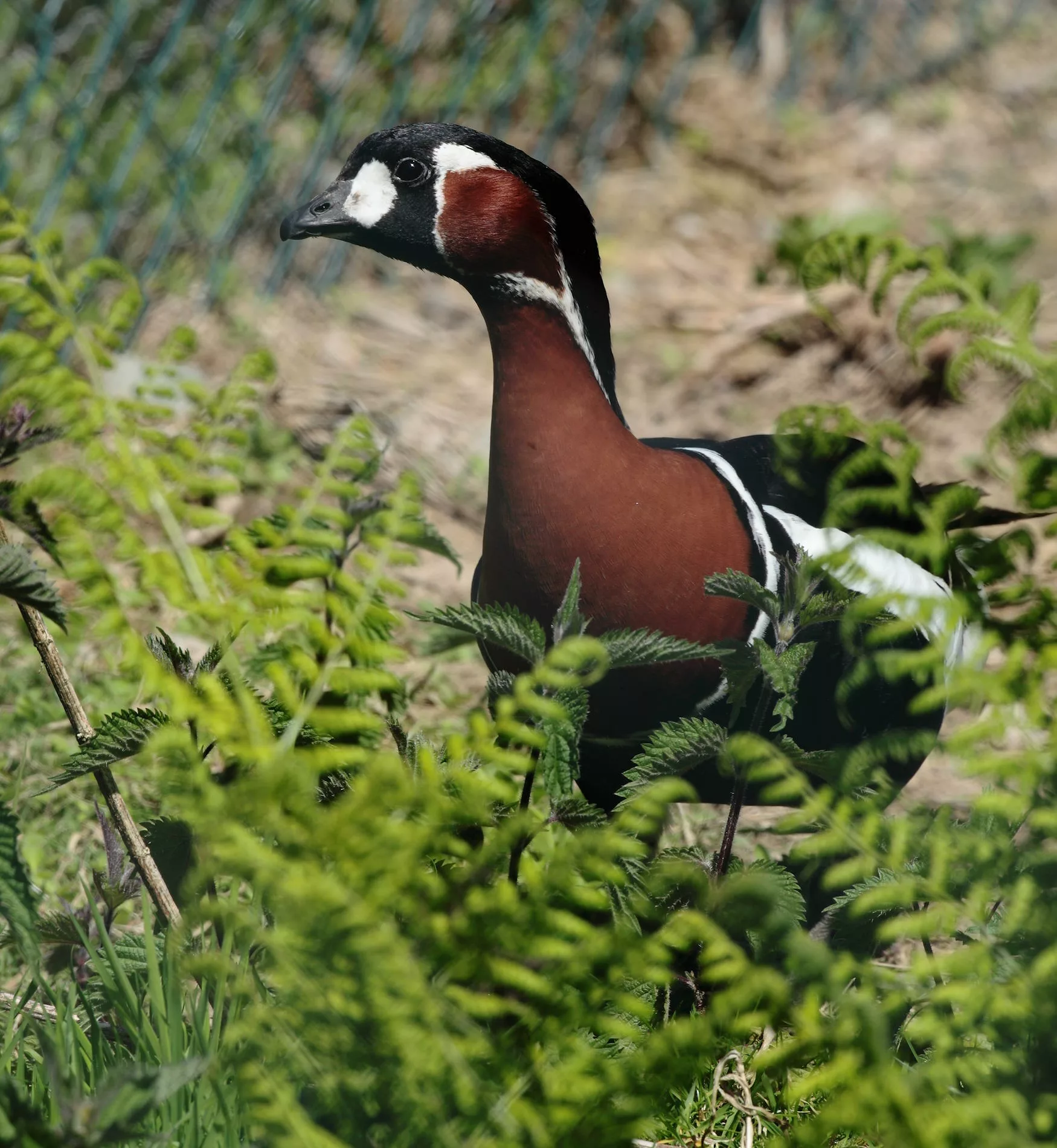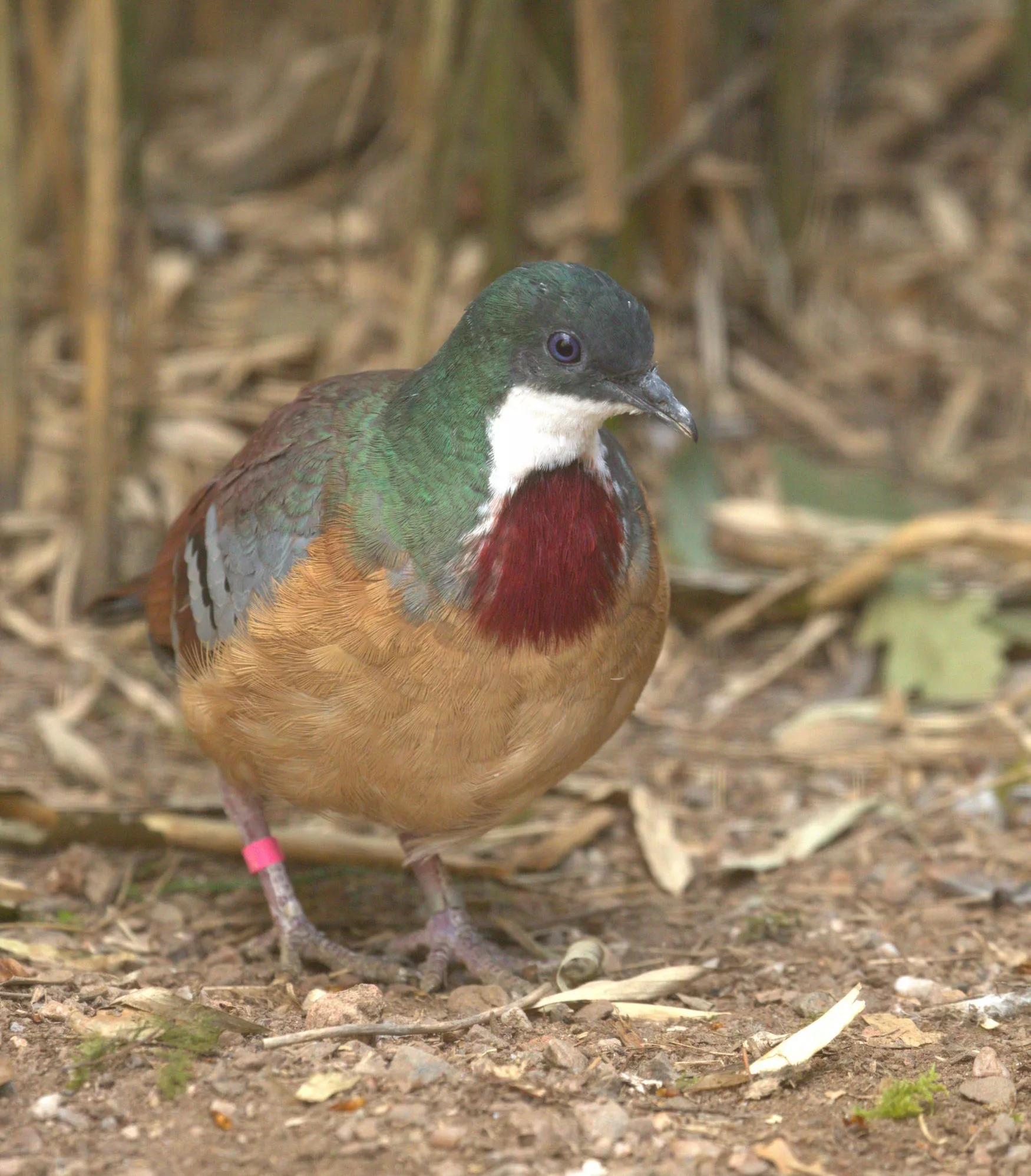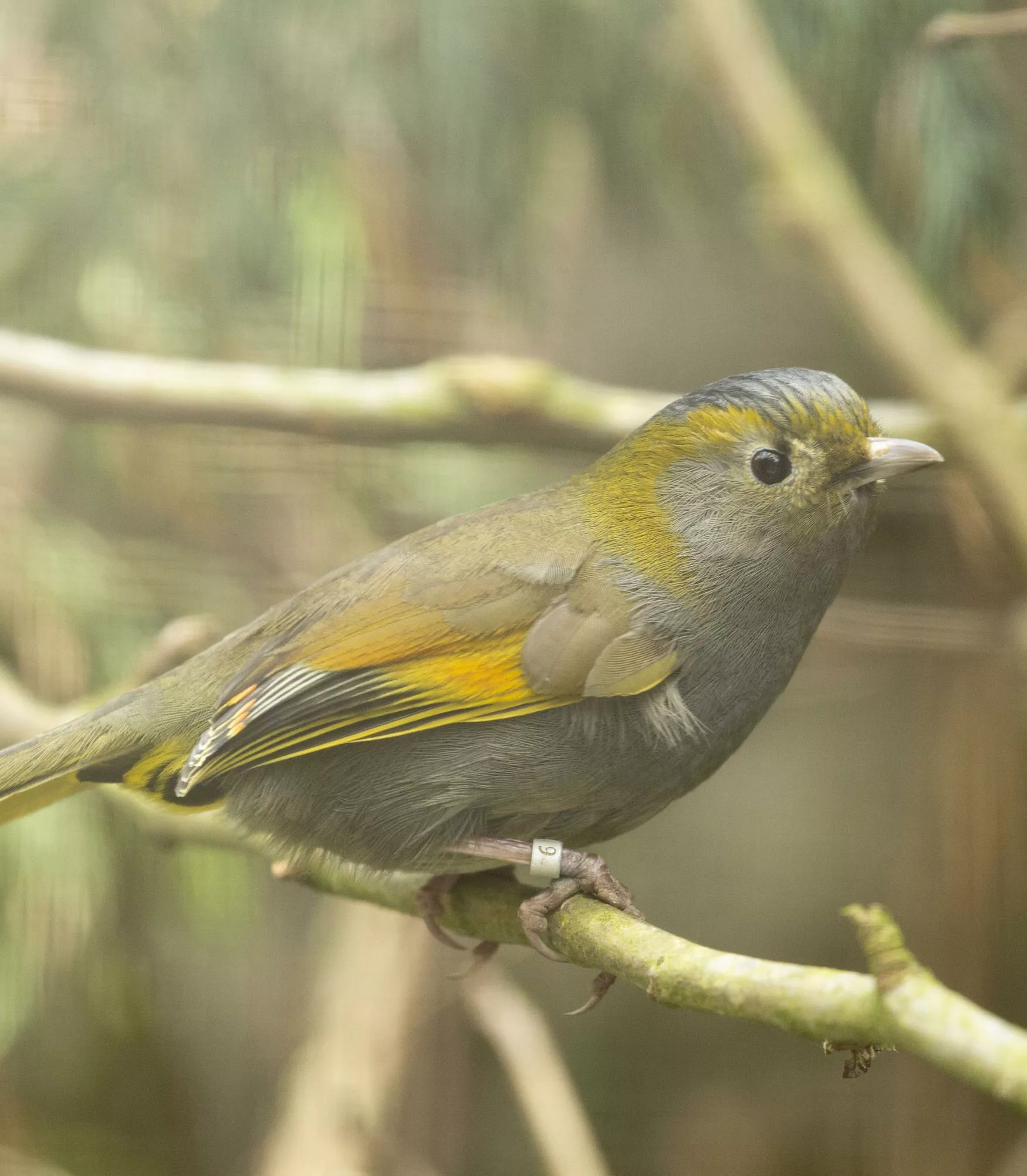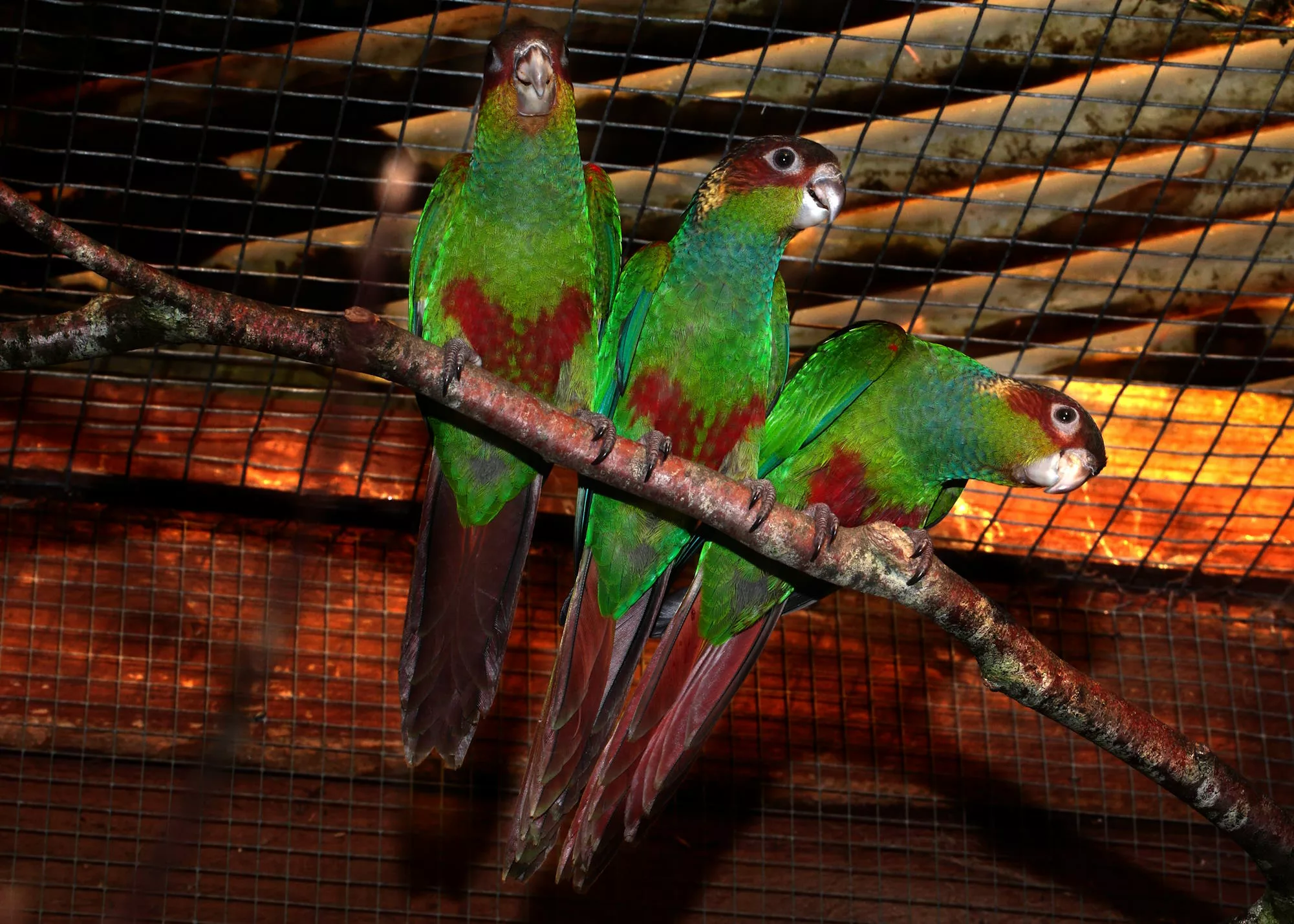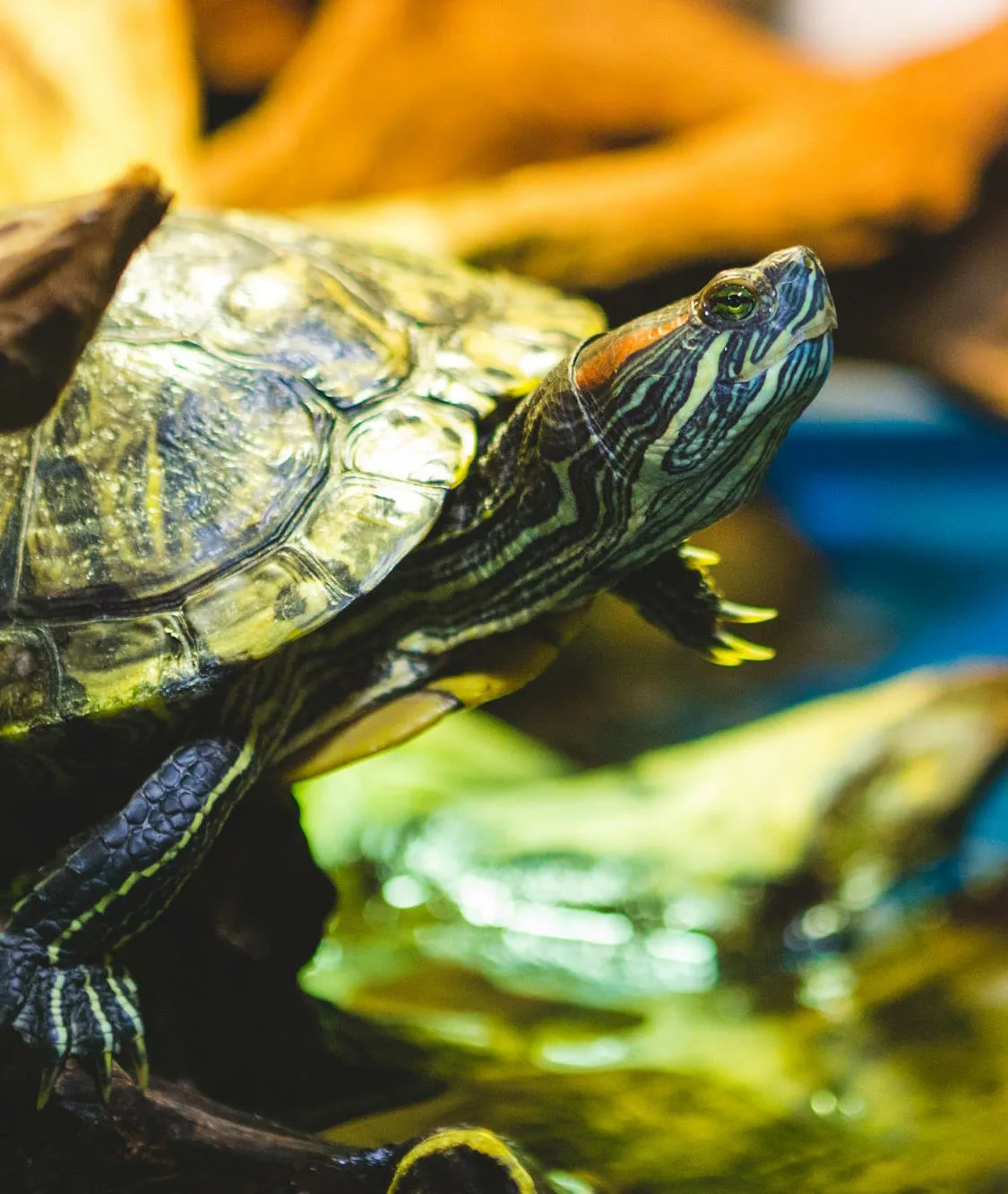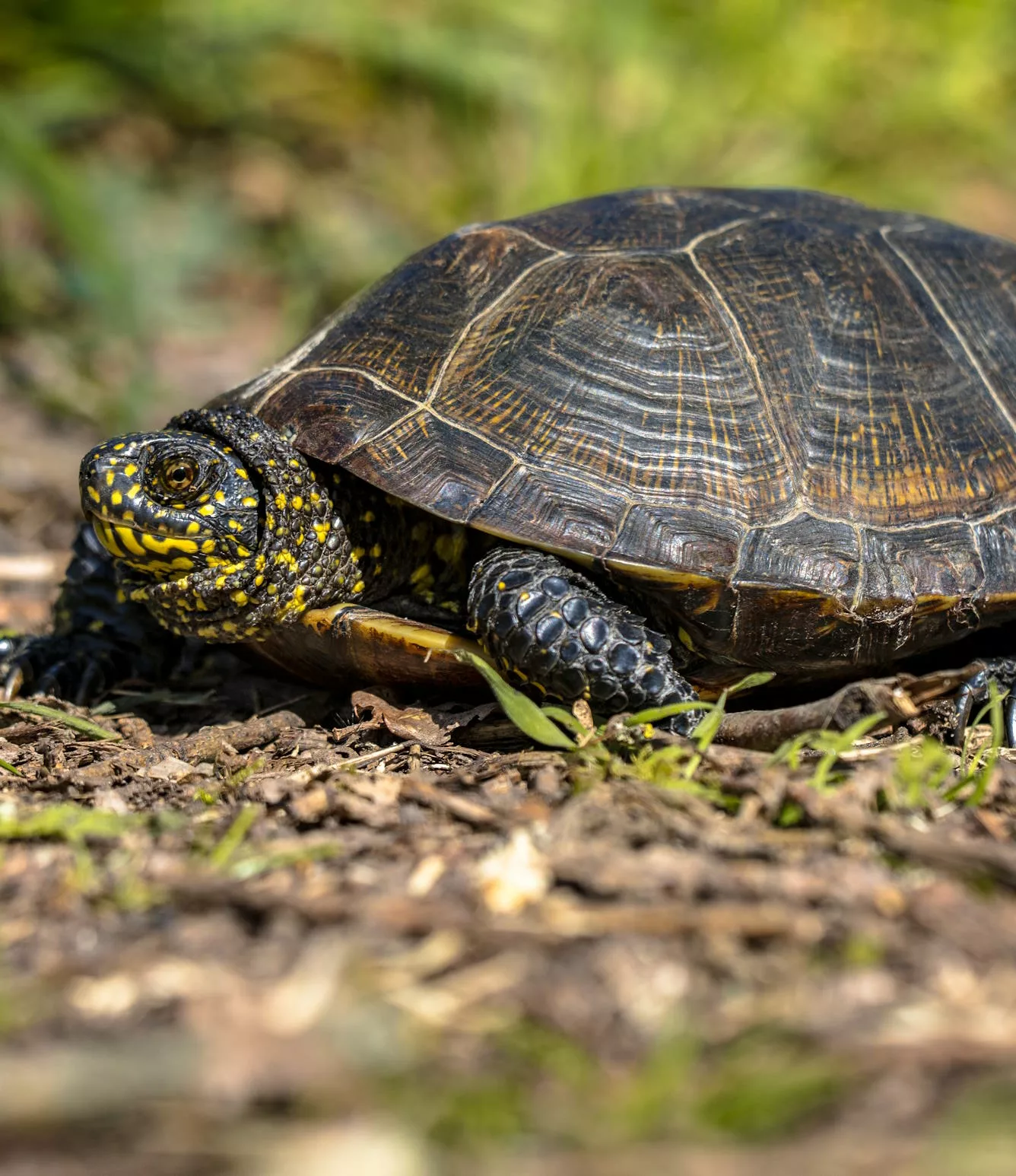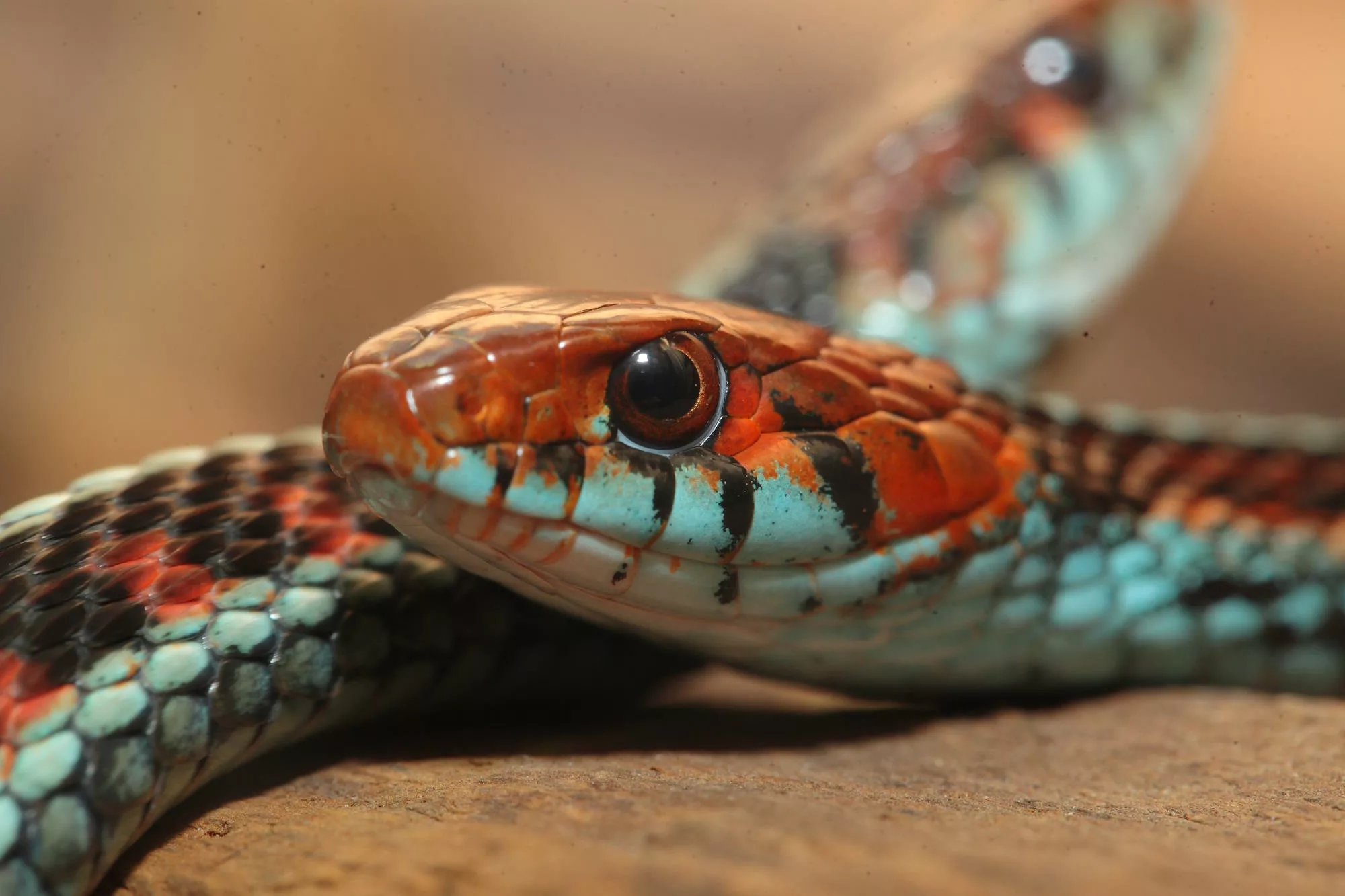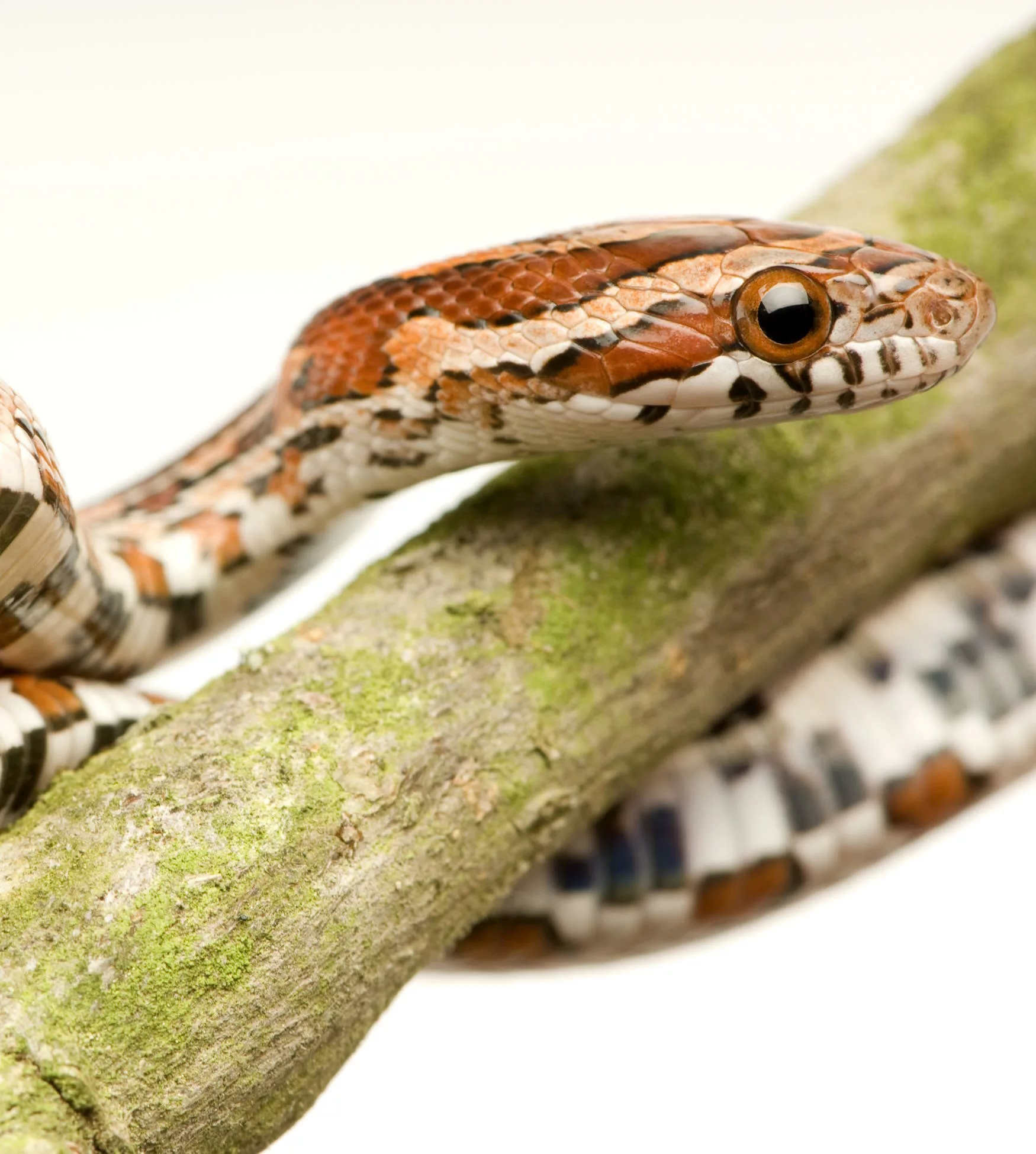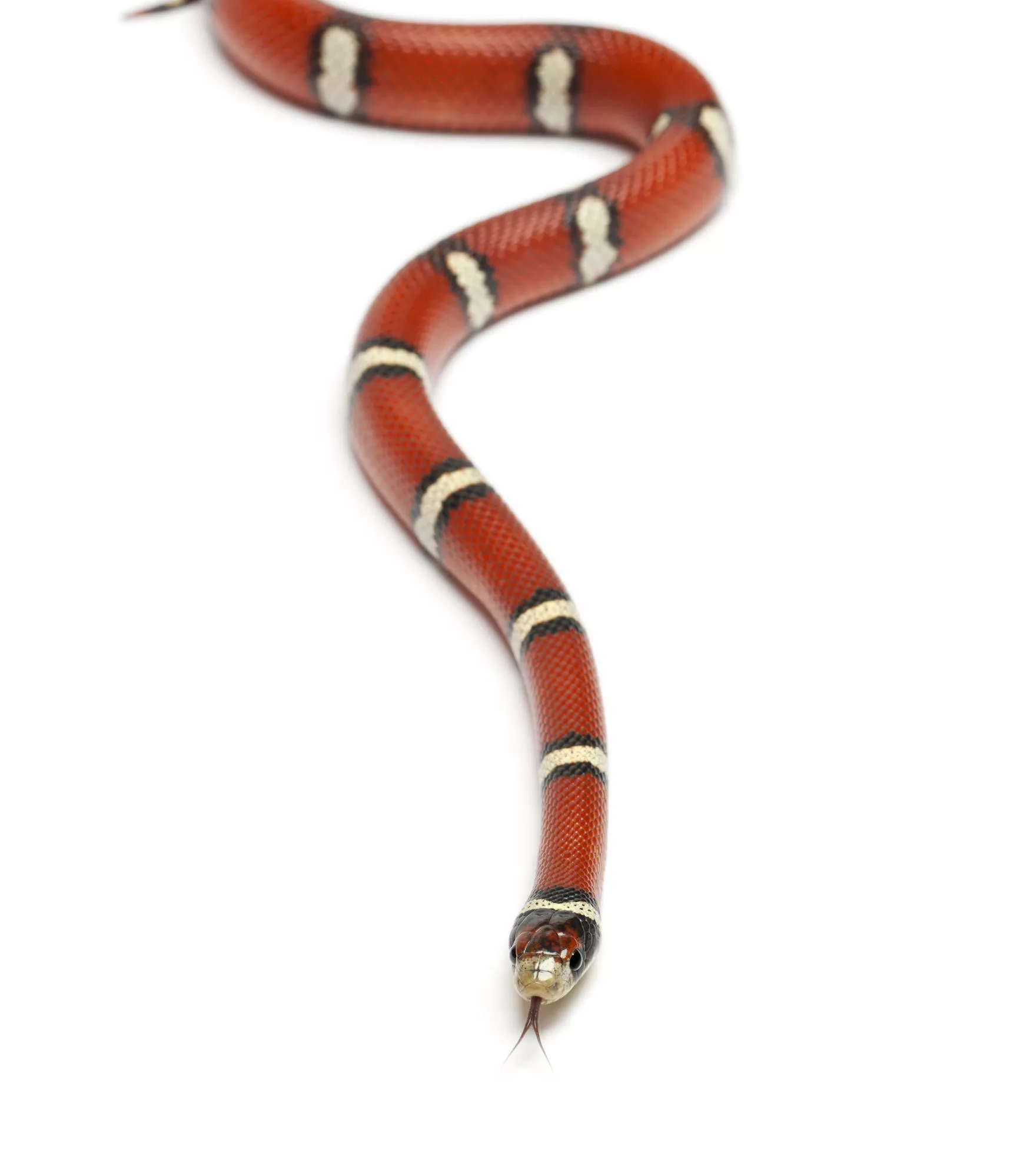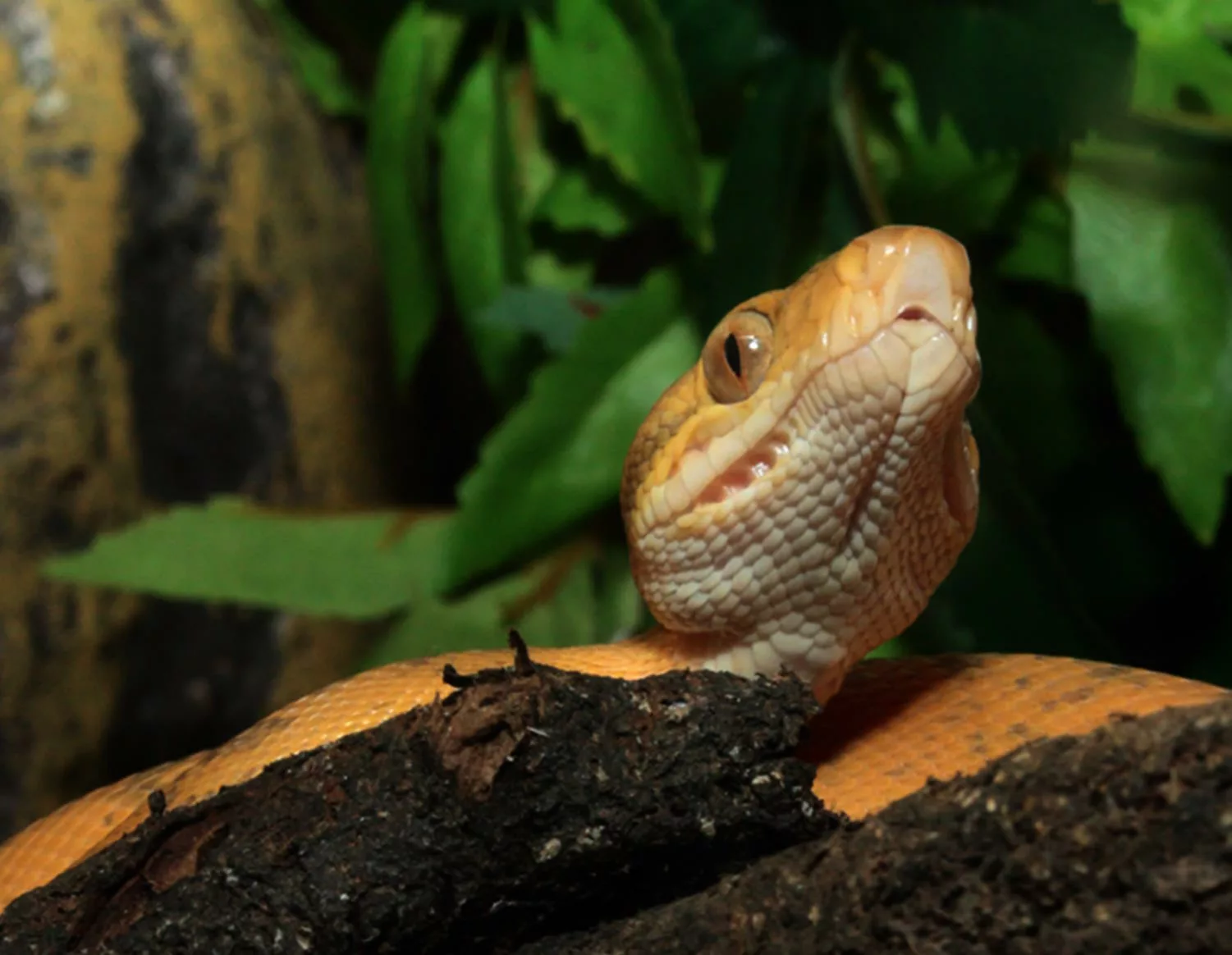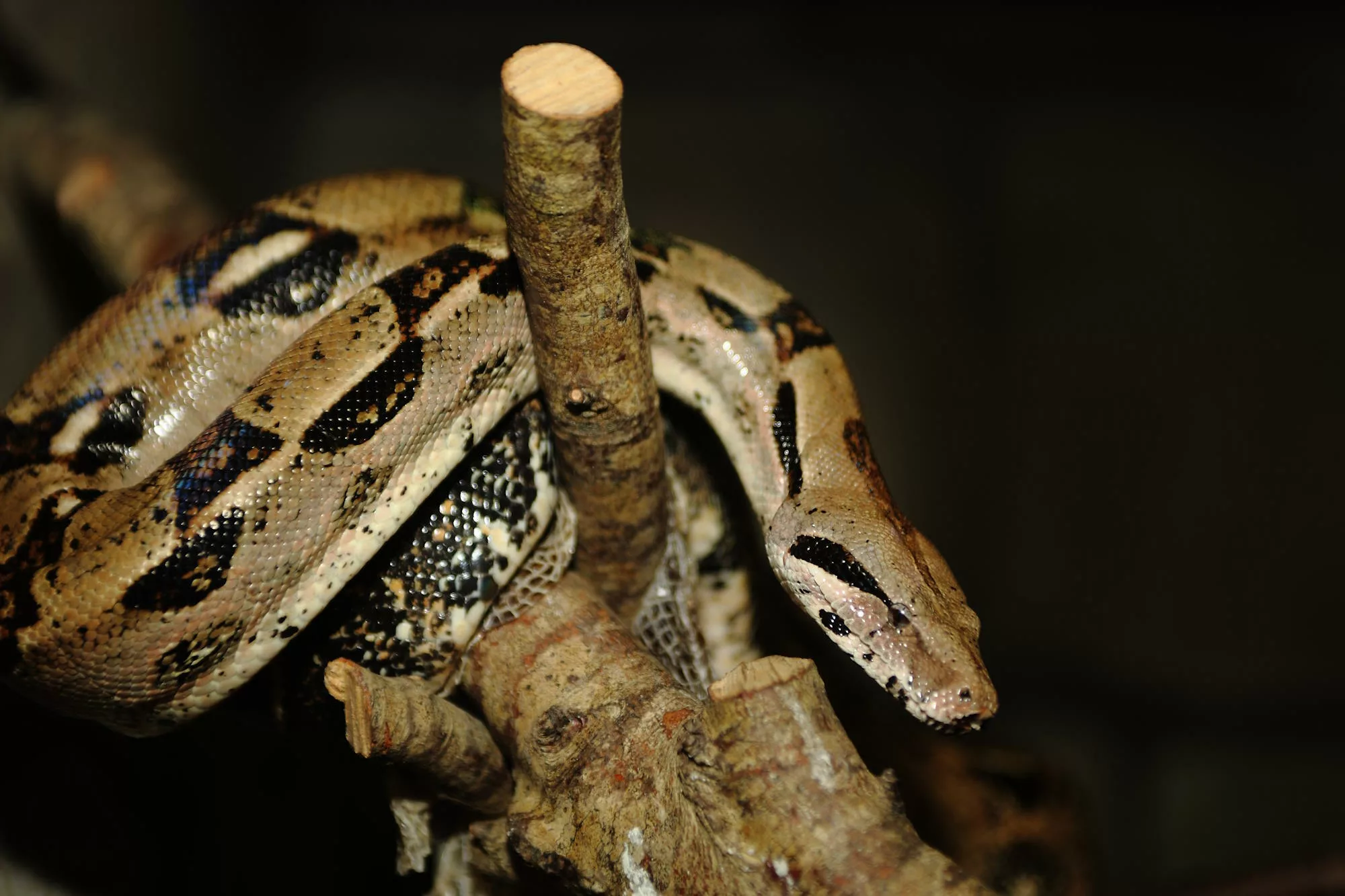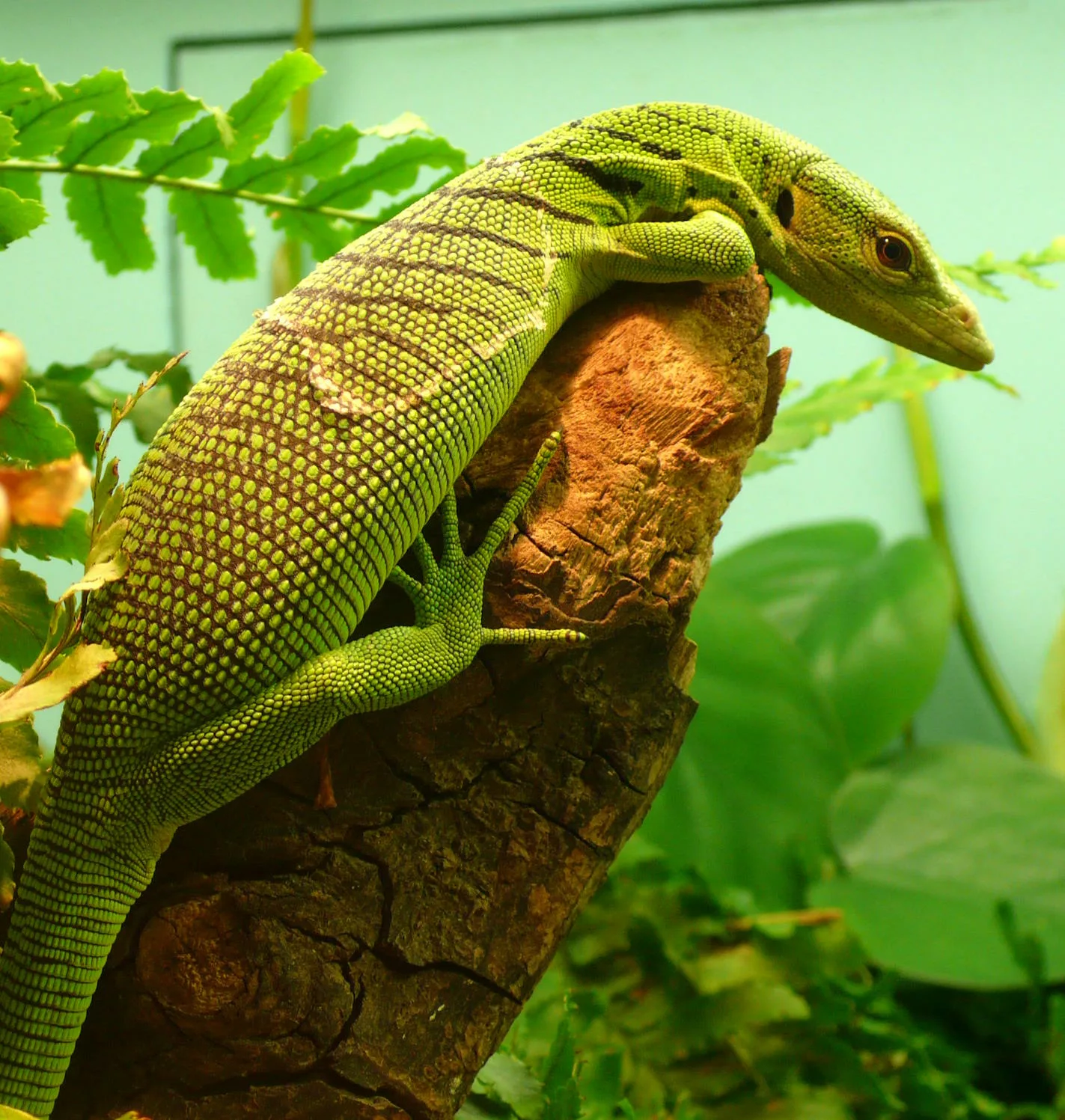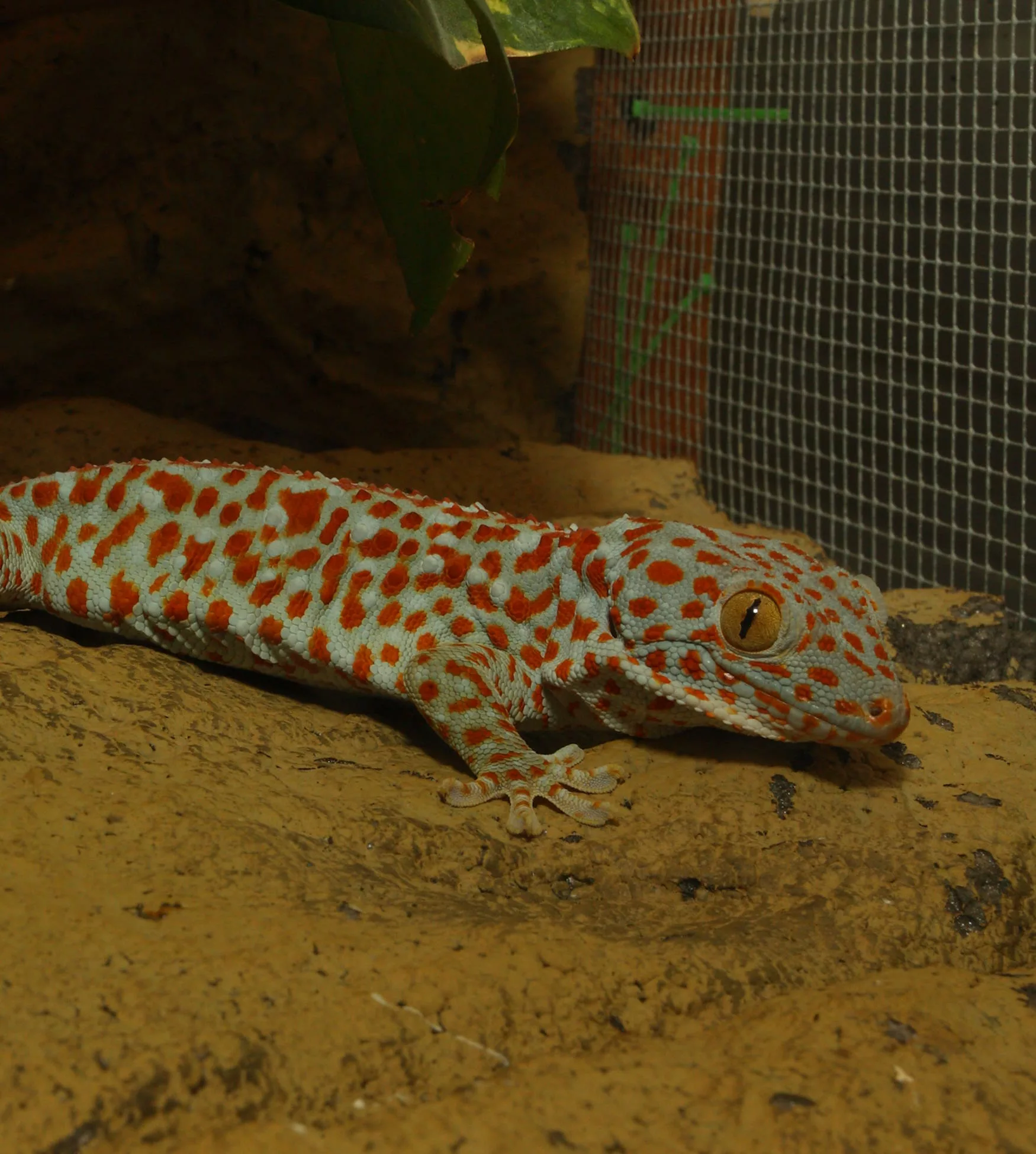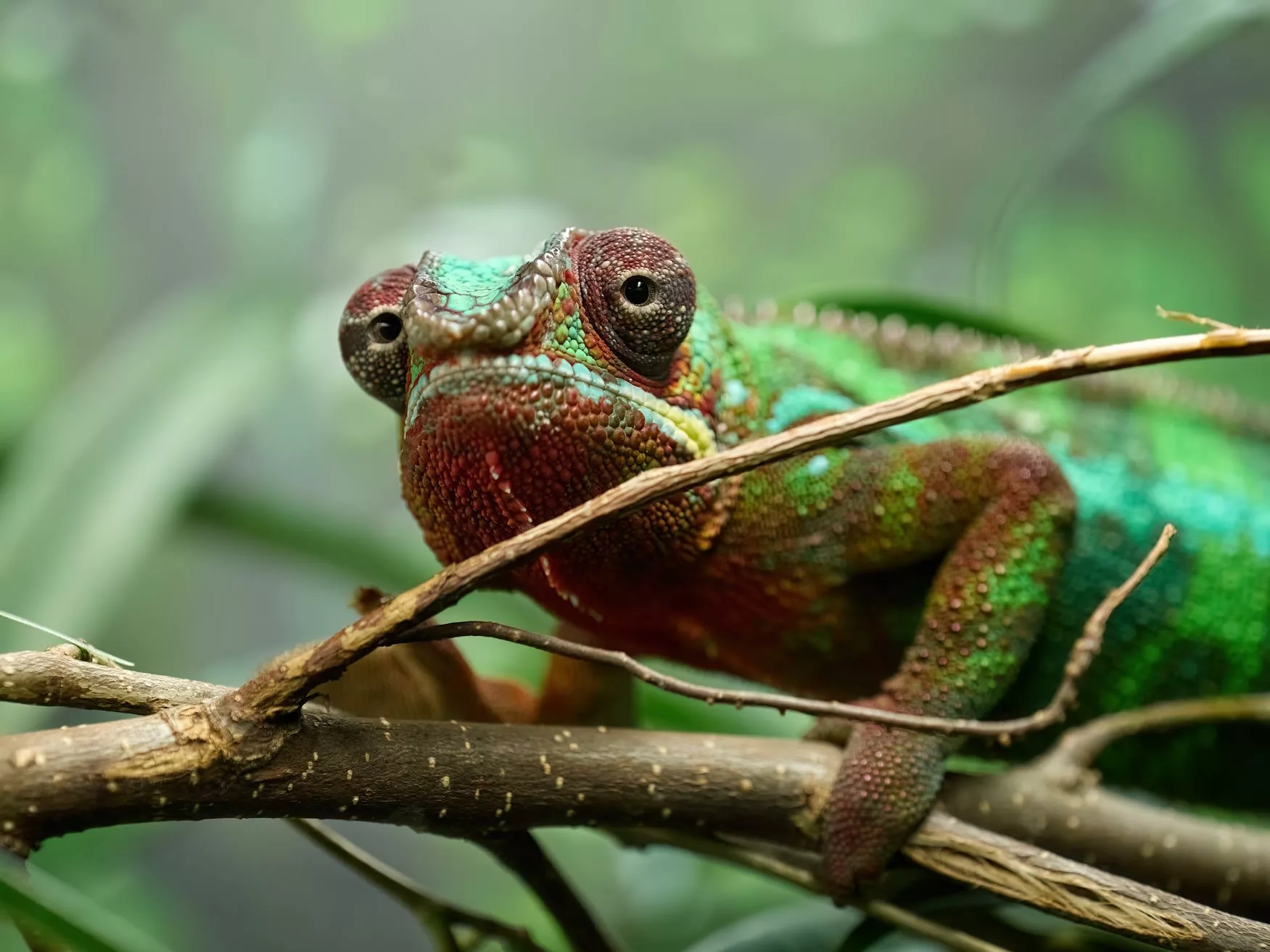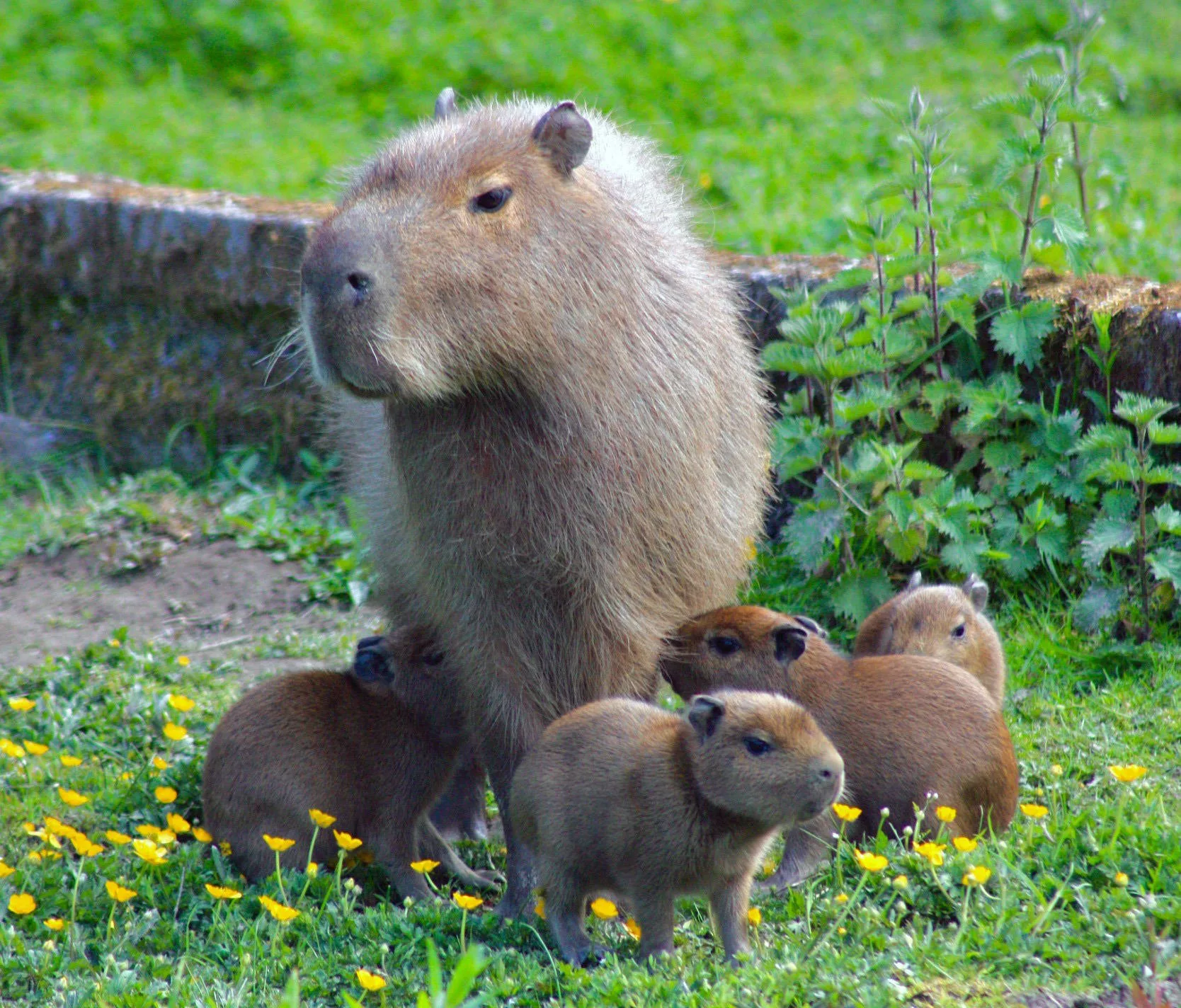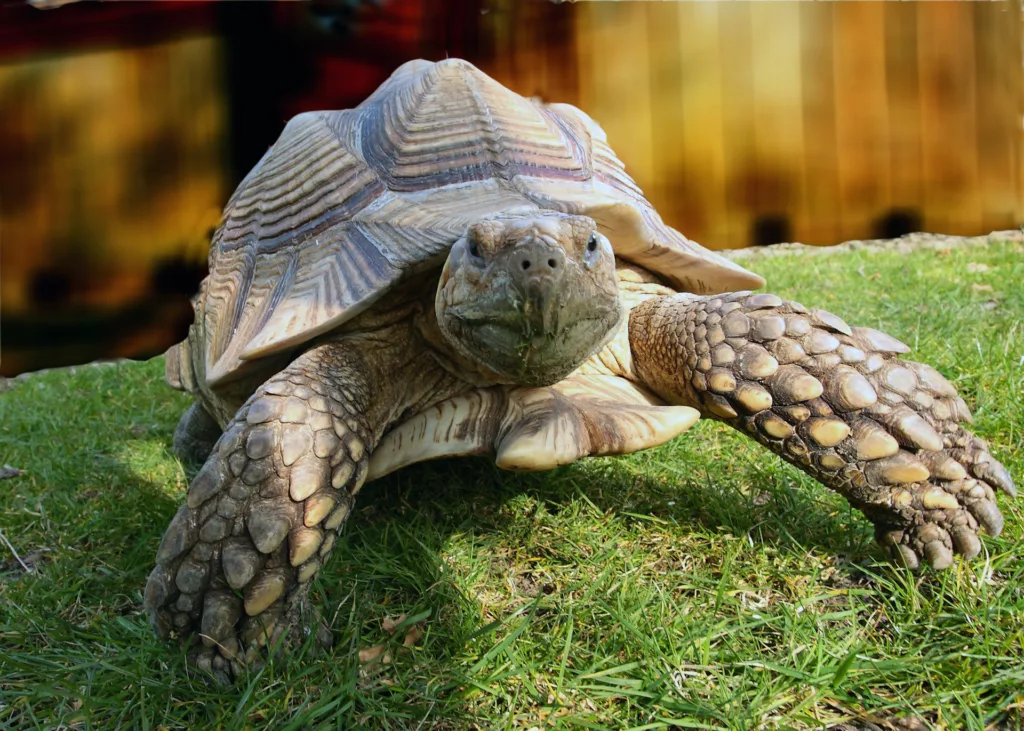
African spurred tortoise
Scientific name: Centrochelys sulcata
IUCN listed as: Endangered
Learn before you visit!
Here are some facts about the species – Discover what they eat, find out about their natural habitat, see what they like to do, and more… Set the reading style to suit you too, everyday speak or something aimed towards children.
Child-friendly
Everyday
Diet
African spurred tortoises are herbivores, meaning they eat plants. Their diet consists mainly of grasses, leafy greens, fruits, and vegetables. They also enjoy munching on flowers and cacti. These tortoises have a slow metabolism and can survive on sparse vegetation, adapting well to their arid habitat.
African spurred tortoises are plant-eaters, munching on grass, leaves, fruits, and veggies. They also like flowers and cacti. These slow eaters can survive on little food, which is handy in their dry habitat.
Breeding
African spurred tortoises reach sexual maturity between 8 to 15 years of age. Mating typically occurs during the rainy season. Females lay clutches of 15-30 eggs in shallow nests dug in sandy soil. After an incubation period of about 80-120 days, the hatchlings emerge from their eggs.
These tortoises start having babies when they’re 8 to 15 years old. They mate during rainy seasons, and mom tortoises lay their eggs in sandy nests. After waiting for about 3-4 months, the baby tortoises hatch out of their eggs.
Habitat
African spurred tortoises inhabit semi-arid regions of the Sahara Desert and the Sahel region of Africa. They prefer areas with sandy soils and sparse vegetation, where they can dig burrows to escape extreme temperatures. These tortoises are well-adapted to hot and dry climates.
African spurred tortoises live in dry parts of Africa, like deserts and sandy areas. They dig burrows in the ground to stay cool and escape the hot sun. These tough tortoises are great at living in hot and dry places.
At the zoo
We have a pair of these tortoises, the male being over 45 years of age. Eggs are regularly laid but we do not incubate these. These animals share their environment with a rhino iguana as both species like a dry hot sunny environment with plenty of ultra-violet light.
We have two of these cool tortoises. The boy tortoise is really old, like over 45 years! Sometimes, they lay eggs, but we don’t help them hatch. These tortoises live with a rhino iguana because they both love sunny, hot places with lots of sunlight.
Behaviour
African spurred tortoises are solitary creatures, spending their time foraging for food or basking in the sun. They are most active during the early morning and late afternoon hours when temperatures are cooler. These tortoises move slowly and deliberately, using their sturdy limbs and sharp claws to dig burrows and navigate their surroundings. When threatened, they retreat into their protective shell for safety.
African spurred tortoises like being alone and spend their time eating plants or sunbathing. They’re most active in the morning and late afternoon when it’s cooler. These slow-moving tortoises use their strong legs to dig and explore, and if they get scared, they hide inside their shell.
Fun facts
- Quick for Tortoises: African spurred tortoises can move surprisingly fast when they want to, despite their reputation for being slow.
- Huge Tortoises: These tortoises are some of the biggest in the world, with some weighing over 100 kilograms (220 pounds) and measuring over 80 centimetres (2.6 feet) long.
- Tough Shell: Their hard shell is like armour, protecting them by retracting their head, tail, and limbs inside when threatened.
- Long Life: African spurred tortoises can live for over 50 years, making them lifelong companions for their owners.
- Veggie Eaters: They’re herbivores, munching on plants like grass, leaves, fruits, and veggies to stay healthy.
- Quick Tortoises: African spurred tortoises can actually move pretty fast for tortoises, especially when they’re hungry or looking for a friend.
- Giant Tortoises: These tortoises are among the world’s biggest, some weighing over 100 kilograms (220 pounds) and stretching over 80 centimetres (2.6 feet) long.
- Super Shell: Their tough shell acts like a shield, protecting them by hiding their head, tail, and legs inside when they’re scared.
- Long Life: African spurred tortoises can live for over 50 years, meaning they’re pals for life if you take care of them well.
- Plant Munchers: They only eat plants like grass, leaves, fruits, and veggies, helping to keep their homes in balance.
More animals to discover at our zoo
Quick Links
Tickets & Prices
You can buy tickets for Exmoor Zoo securely online, as well as finding out more price options, discover offers, and more…
What’s on…
Exmoor Zoo hosts incredible Events all through the year. You can find out about what we’ve got in store here…
Routes & info
Like any great discovery, Exmoor Zoo can feel a little off the beaten path – but don’t worry – you can plan your journey with our recommended routes and other useful travel info.
